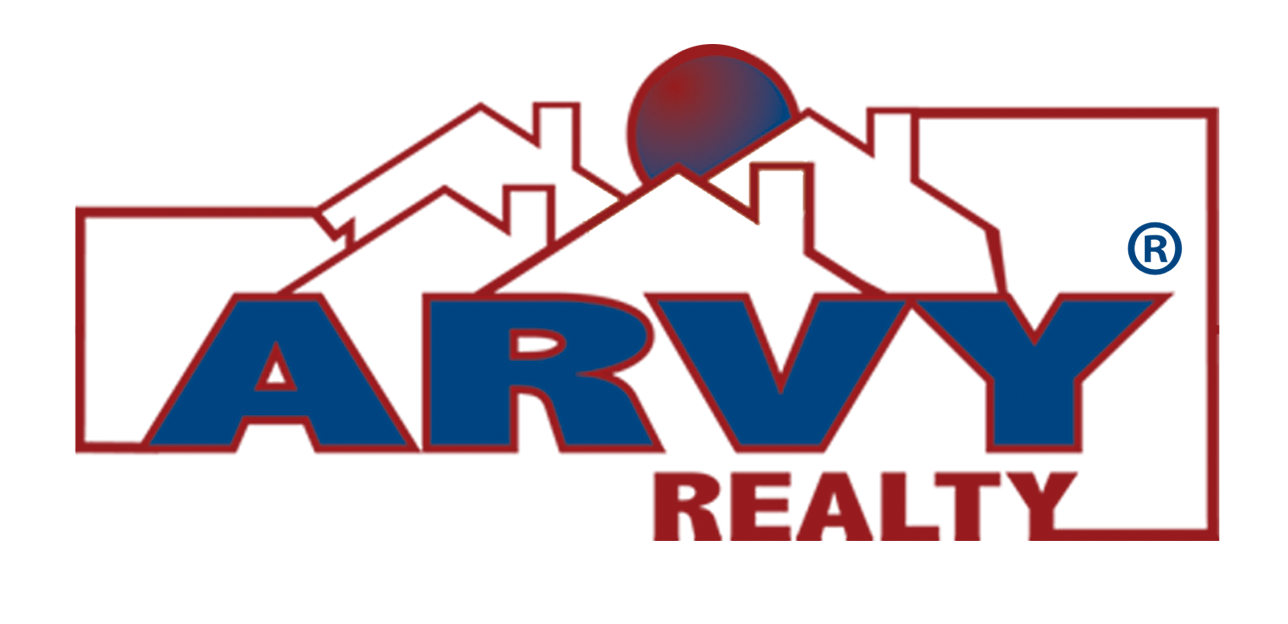
The world of commercial real estate (CRE) financing is a complex one, with a multitude of factors and elements to consider. This guide aims to simplify the subject to help you make informed decisions when navigating this critical aspect of your business operations.
Understanding Commercial Real Estate (CRE)
Commercial real estate is property primarily used for business purposes as opposed to residential use. Examples include retail malls, office buildings, shopping centers, and hotels. The main focus of commercial real estate is to generate income.
The Role of Commercial Real Estate Loans
Commercial real estate loans are central to the acquisition, development, and construction of these properties. They are mortgages secured by liens on the commercial property. Banks, independent lenders, insurance companies, pension funds, private investors, and other sources, including the U.S. Small Business Administration’s 504 Loan program, often provide capital for commercial real estate.
Differences between Commercial and Residential Loans
One of the primary differences between commercial and residential loans is who they are made out to. While residential mortgages are typically made to individual borrowers, commercial real estate loans are usually made to business entities such as corporations, developers, limited partnerships, funds, and trusts.
Another significant difference is the loan repayment schedules. Residential loans are amortized over the life of the loan, while commercial loans typically range from five to twenty years, often with an amortization period longer than the term of the loan.
Loan-to-Value Ratios
Loan-to-Value (LTV) ratio is another key factor used in both commercial and residential loan assessments. It measures the value of a loan against the value of the property. For both commercial and residential loans, borrowers with lower LTVs will qualify for more favorable financing rates as they have more equity in the property, which means less risk for the lender.
Debt-Service Coverage Ratio
Commercial lenders also consider the Debt-Service Coverage Ratio (DSCR), which compares a property’s annual net operating income (NOI) to its annual mortgage debt service. This ratio measures the property’s ability to service its debt and helps lenders determine the maximum loan size based on the cash flow generated by the property.
Interest Rates and Fees
Interest rates on commercial loans are generally higher than on residential loans. Additionally, commercial real estate loans usually involve various fees that add to the overall cost of the loan. These include appraisal, legal, loan application, loan origination, and/or survey fees, among others.
Prepayment and Exit Penalties
A commercial real estate loan may have restrictions on prepayment, designed to preserve the lender’s anticipated yield on a loan. If the investors settle the debt before the loan’s maturity date, they may have to pay prepayment penalties.
Credit Score Requirements for a Commercial Real Estate Loan
Your credit score plays a significant role in commercial real estate loan approval. It’s generally recommended that you need a credit score of 680 or higher for a commercial real estate loan.
Commercial Loan Term
The term of a commercial loan can vary, generally ranging from five to twenty years. Some commercial properties also utilize mini-perm loans, which can run for three to five years.
Collateral Requirements for Commercial Loans
Whether or not collateral is required for a commercial loan can depend on the terms of the loan and the credit profile of the borrower.
The Bottom Line
Investing in commercial real estate can be a complex process, but with a thorough understanding of the financing options available to you, the journey can be made smoother. The investment is intended to be an income-producing property, making it a crucial part of your business operations.
